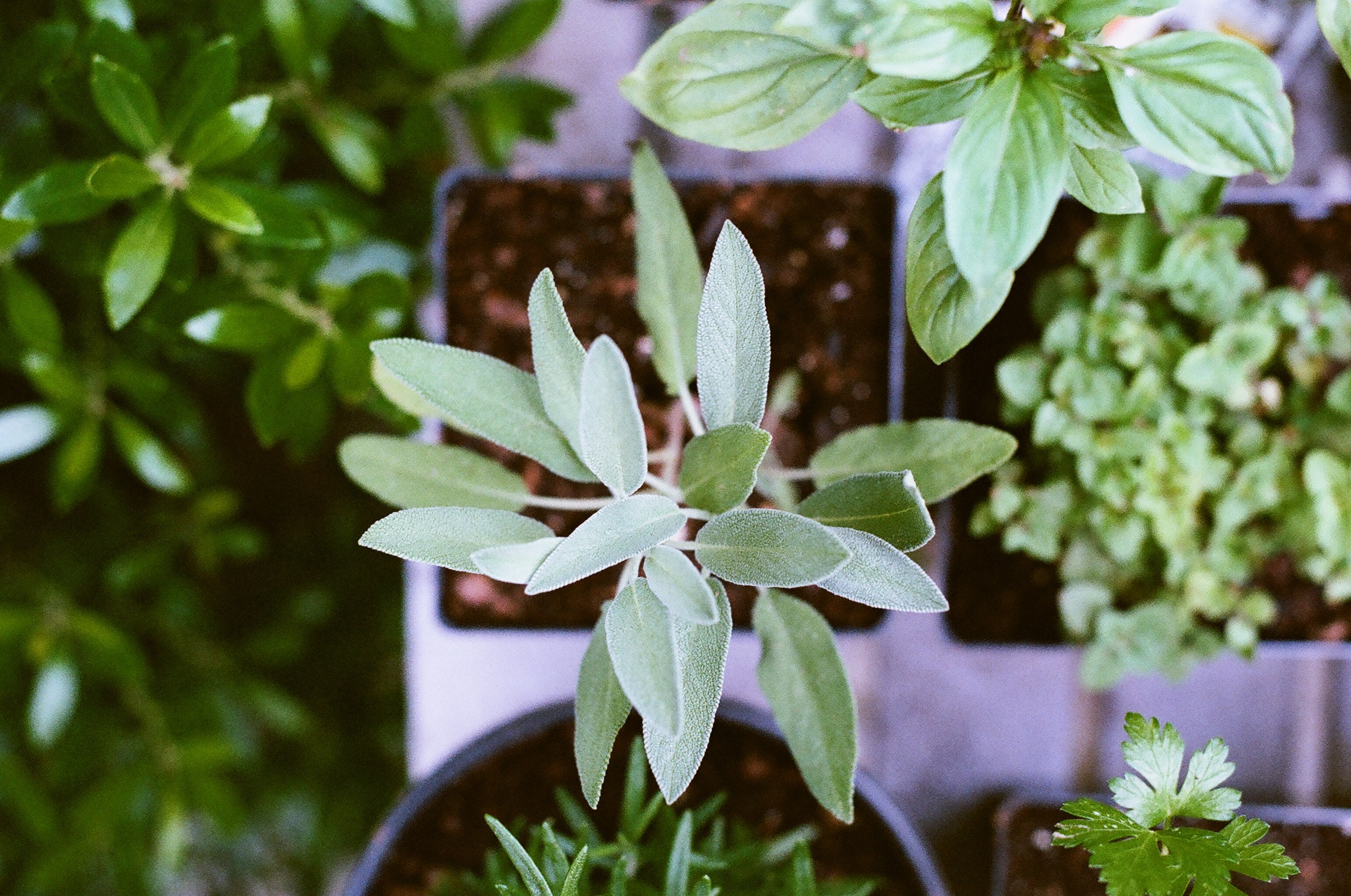Herbs and spices are used all over the world to add flavour, colour, fragrance and a little bit of "zing" to our foods. Without them, our meals might be bland and our palates disheartened. But the story doesn't end there.
Research suggests that as well as being able to boost flavour, several herbs and spices may even offer some benefits to our health, thus giving us more reason to sing the praises of these culinary delights.
What's in a name?
Generally speaking, the leaves of plants that are added to foods (e.g. thyme, mint and basil) are referred to as culinary herbs, while any other parts of the plants, such as seeds (e.g. nutmeg), berries (e.g. peppercorns), buds (e.g. cloves), bark (e.g. cinnamon), roots (e.g. ginger) and even the flower stigma (e.g. saffron), are referred to as spices. As demonstrated by coriander, some plants can even produce herbs (fresh leaves) and spices (dried seeds).
A step back in time
The history of herbs and spices is most certainly a colourful one, and no other commodity has played a more pivotal role in the development of modern civilization.
These plants have been used since the earliest times for flavouring and preserving foods (and masking the taste of foods that were far from fresh!), for embalming the dead, for religious rituals, and, of course, for promoting wellbeing. Indeed, records indicate that our ancestors have been taking advantage of the medicinal properties of herbs and spices for thousands of years.
Ancient Egyptian papyri which date back to 1555 BCE document the use of several herbs and spices, including juniper, coriander, cumin, garlic, fennel and thyme, while Hippocrates, the father of Western medicine, reportedly had over 300 remedies in his repertoire that would have included a range of herbs and spices.
Even to this day, many people throughout the world continue to rely upon traditional therapies based on medicinal plants, herbs and spices to meet their healthcare needs.
Packing a punch
Herbs and spices have traditionally been used to treat a wide variety of ailments, ranging from digestive complaints, toothache and headaches to cancer, infection and inflammatory disorders.
In more recent times, with the dawn of the scientific era, the purported benefits of herbs and spices have been put to the test, and some positive findings have been observed.
Here we take a look at some of the reported health-promoting properties of 8 commonly used herbs and spices:
Cayenne pepper
Capsaicin is the compound responsible for the intense heat associated with cayenne pepper. This component is considered to have cardiovascular benefits and may be an effective pain reliever and digestive aid. There are also suggestions that cayenne pepper might increase basal metabolic rate and stimulate fat-burning ability.
Cinnamon
Although results have been mixed, cinnamon has been shown to reduce fasting blood sugar levels, as well as triglycerides, low density lipoprotein cholesterol and total cholesterol, in patients with type 2 diabetes. It is also thought to have antimicrobial and antioxidative action. Active components in the essential oils found in cinnamon bark include cinnamaldehyde, cinnamyl acetate and cinnamyl alcohol.
Coriander
Coriander is purported to have digestive benefits, anticancer activity, antimicrobial properties and cholesterol-lowering effects. Researchers have identified a number of cancer chemoprotective phytochemicals in members of the Umbelliferae family, to which coriander belongs, including coumarins, phthalides, polyacetylenes and terpenoids.
Ginger
Ginger has been used as a natural remedy to alleviate symptoms of gastrointestinal distress and nausea (including that associated with motion sickness and pregnancy), and is also thought to have antioxidative, anti-inflammatory and antimicrobial effects. Gingerols are pungent constituents of ginger which may contribute to its medicinal properties.
Saffron
Saffron has been shown to have cancer chemopreventive, antioxidative and hypolipaemic effects. Preliminary studies have also demonstrated the beneficial effects of saffron extract, and specifically its active constituent crocin, on learning and memory retention.

Sage
Sage has been used traditionally as a remedy for colds, sore throats and other respiratory ailments. Research has also highlighted the neuroprotective potential of sage and its active ingredient rosmarinic acid against amyloid ?-induced toxicity, which could validate its traditional use in the treatment of Alzheimer's disease.
Thyme
Thyme has been shown to possess antimicrobial, antioxidative, antispasmodic and carminative actions. It may also be used as an antiseptic agent when applied topically. The volatile oil components of thyme include geraniol, borneol, carvacrol and thymol.
Turmeric
Turmeric is reported to have anti-inflammatory, antioxidative, antimicrobial and antitumour effects. Its active principle, curcumin, is thought to be responsible for some of the medicinal properties attributed to this spice.
 It seems then that herbs and spices can be functional as well as flavourful, doing more for us than just tickling our taste buds. In fact, our own spice racks might even satisfy our search for the latest "functional food" or "superfood" - buzz words in today's health-conscious society. Since there are literally thousands of herbs and spices to choose from, there's just one thing to remember - variety really is the spice of life.
It seems then that herbs and spices can be functional as well as flavourful, doing more for us than just tickling our taste buds. In fact, our own spice racks might even satisfy our search for the latest "functional food" or "superfood" - buzz words in today's health-conscious society. Since there are literally thousands of herbs and spices to choose from, there's just one thing to remember - variety really is the spice of life.
(Image Credits: jeshoots via www.pexels.com and Photo by Matt Montgomery on Unsplash)


